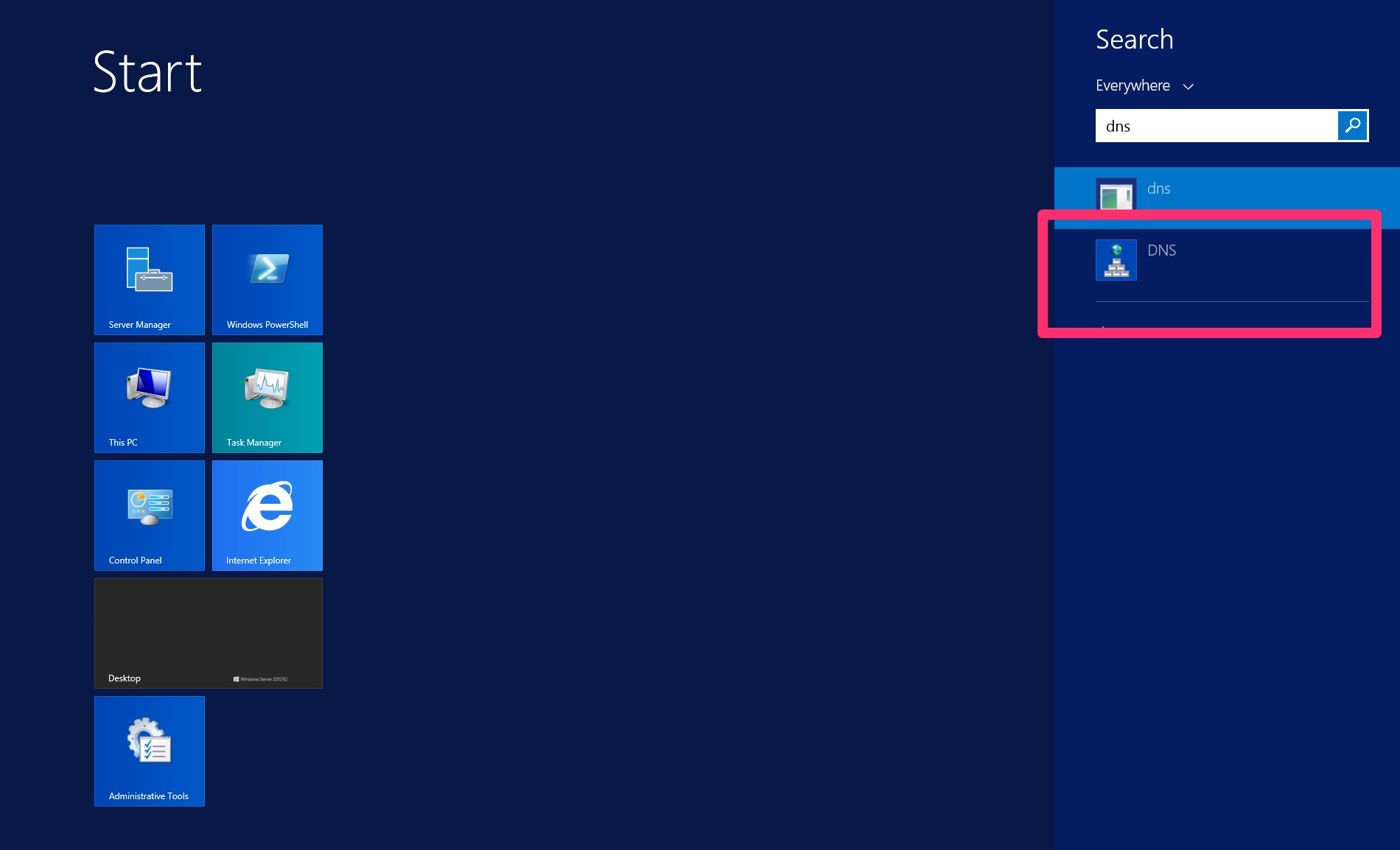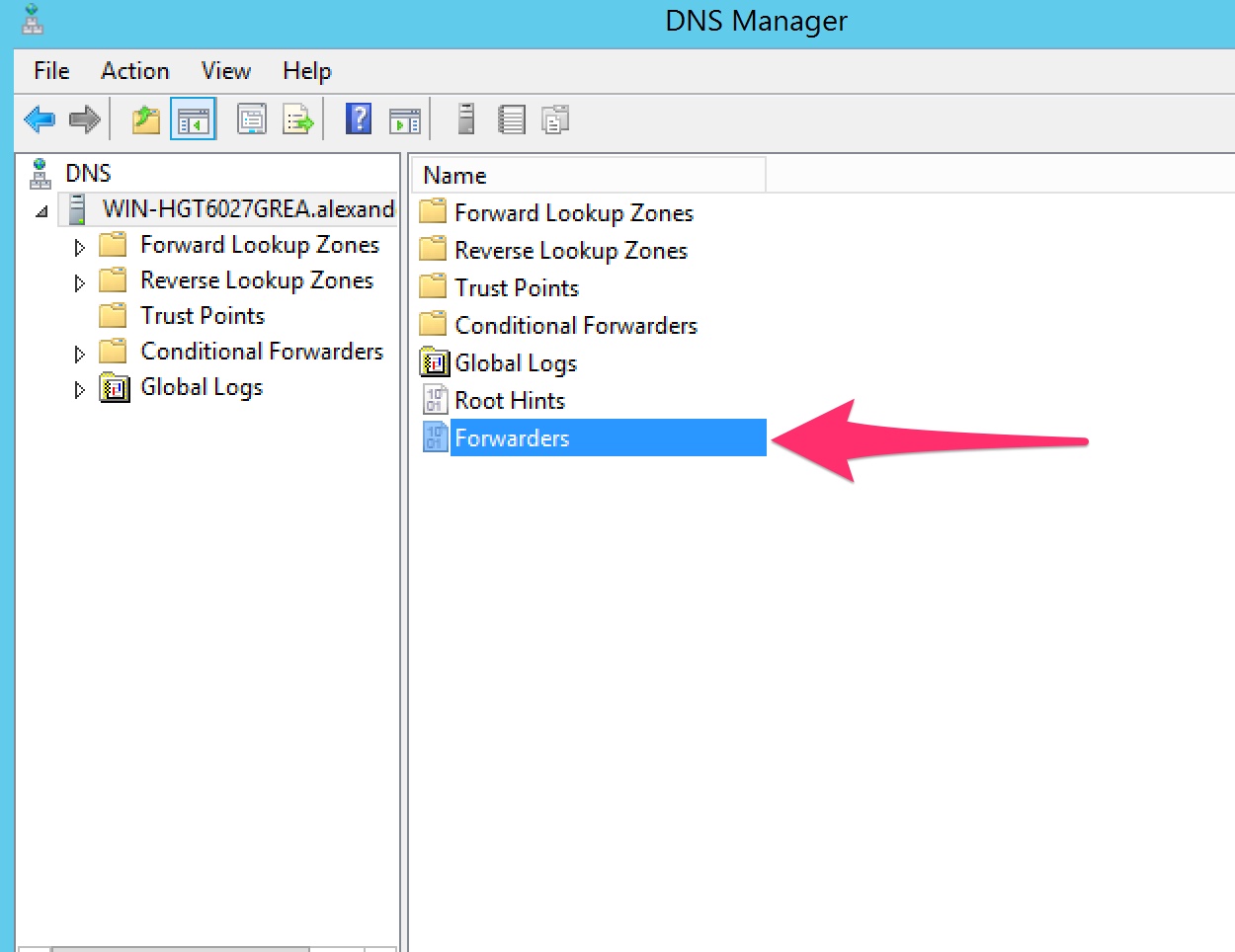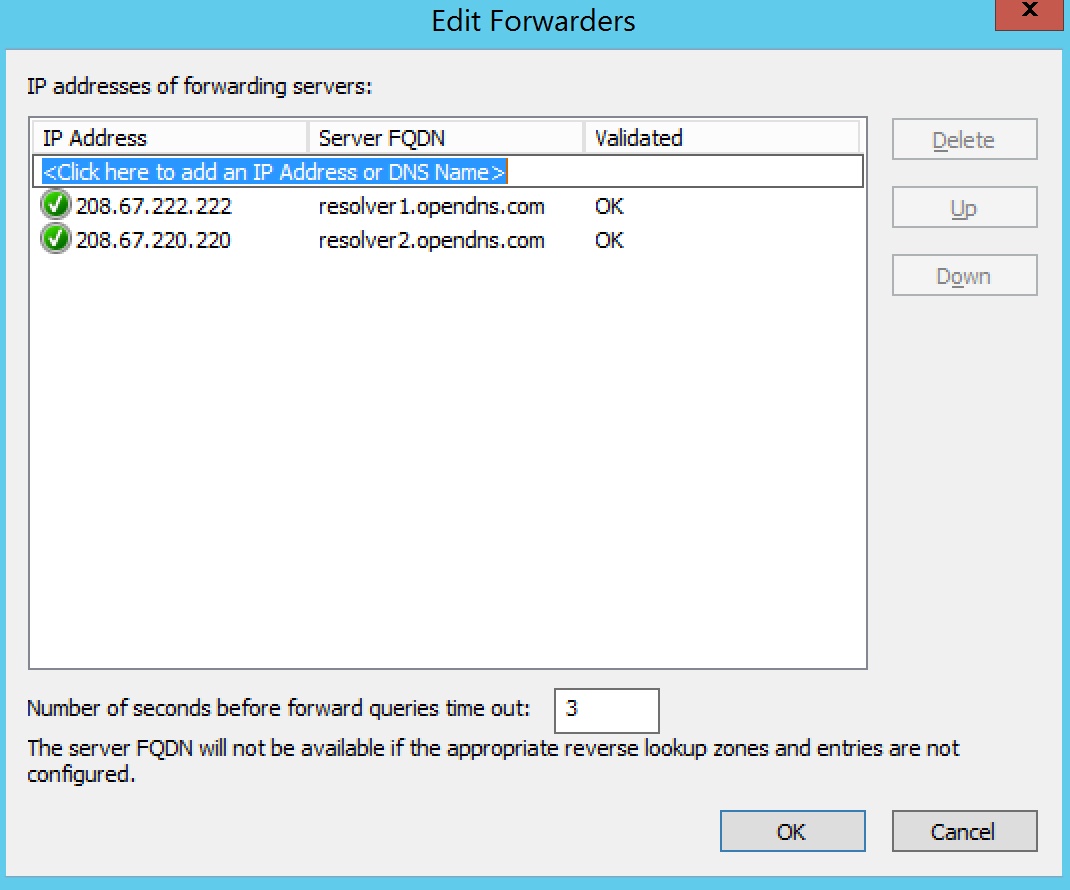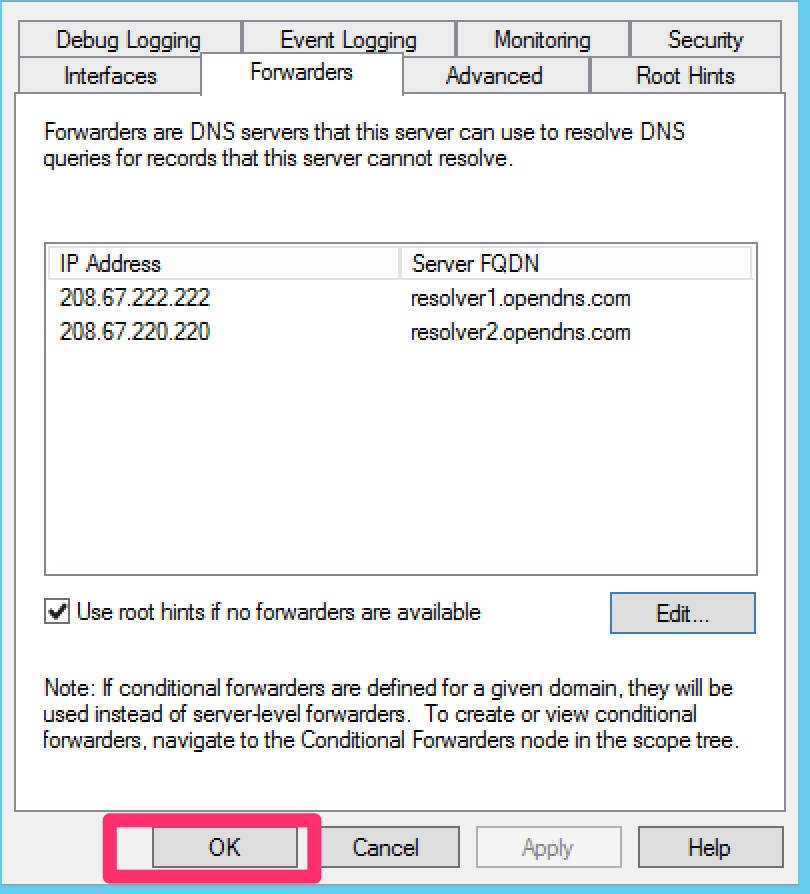On July 14th, 2015, Microsoft’s widely deployed Windows Server 2003 reached end of life after nearly 12 years of support. For millions of enterprise servers, this meant the end of security updates, leaving the door open to serious security risks. Now, we are fast approaching the end of life of another server operating system – Windows Server 2008 and Server 2008 R2, which will soon reach end of support on January 14, 2020.
Nevertheless, many enterprises still rely on Windows Server 2008 for core business functions such as Directory Server, File Server, DNS Server, and Email Server. Organizations depend on these workloads for critical business applications and to support their internal services like Active Directory, File Sharing, and hosting internal websites.
What does this mean for you?
End of support for an operating system like Windows Server 2008 introduces major challenges for organizations who are running their workloads on the platform. While a small number may be ready to fully migrate to a new system or to the cloud, the reality is that most organizations aren’t able to migrate this quickly due to time, budgetary, or technical constraints. Looking back at Windows Server 2003, even nine months after the official EOS, 42% of organizations indicated they would still be using Windows Server 2003 for 6 months or more, while the remaining 58% were still in the process of migrating off of Windows Server 2003 (Osterman Research, April 2016). The same is likely to occur with the Server 2008 EOS, meaning many critical applications will continue to reside on Windows Server 2008 for the next few years, despite the greatly increased security risks.
What are the risks?
The end of support means organizations must prepare to deal with missing security updates, compliance issues, defending against malware, as well as other non-security bugs. You will no longer receive patches for security issues, or notifications of new vulnerabilities affecting your systems. With constant discovery of new vulnerabilities and exploits – 1,450 0days disclosed by the ZDI in 2018 alone – it’s all but guaranteed that we will see additions to the more than 1300+ vulnerabilities faced by Windows Server 2008. The lack of notifications to help monitor and measure the risk associated with new vulnerabilities can leave a large security gap.
This was the case for many organizations in the wake of the 2017 global WannaCry ransomware attack, which affected over 230,000 systems worldwide, specifically leveraging the EternalBlue exploit present in older Windows operating systems. While Microsoft did provide a patch for this, many weren’t able to apply the patches in time due to the difficulty involved in patching older systems.
What can security and IT teams do?
The most obvious solution is to migrate to a newer platform, whether that’s on-premise or using a cloud infrastructure-as-a-service offering such as AWS, Azure, or Google Cloud.
However, we know many organizations will either delay migration or leave a portion of their workloads running in a Windows Server 2008 environment for the foreseeable future. Hackers are aware of this behavior, and often view out-of-support servers as an easy target for attacks. Security teams need to assess the risk involved with leaving company data on those servers, and whether or not the data is secure by itself. If not, you need to ensure you have the right protection in place to detect and stop attacks and meet compliance on your Windows Server 2008 environment.
How can Trend Micro help?
Trend Micro Deep Security delivers powerful, automated protection that can be used to secure applications and workloads across new and end of support systems. Deep Security’s capabilities include host-based intrusion prevention, which will automatically shield workloads from new vulnerabilities, applying an immediate ‘virtual patch’ to secure the system until an official patch is rolled out – or in the case of EOS systems – for the foreseeable future.
Deep Security also helps monitor for system changes with real-time integrity monitoring and application control, and will secure your workloads with anti-malware, powered by the Trend Micro Smart Protection Network’s global threat intelligence. Deep Security’s broad platform and infrastructure support allows you to seamlessly deploy security across your physical, virtualized, cloud, and containerized workloads, and protecting your end of life systems throughout and beyond your migration.
Learn how easy it is to deploy virtual patching to secure your enterprise and address patching issues.
Source
https://blog.trendmicro.com/windows-server-2008-end-of-support-are-you-prepared/




